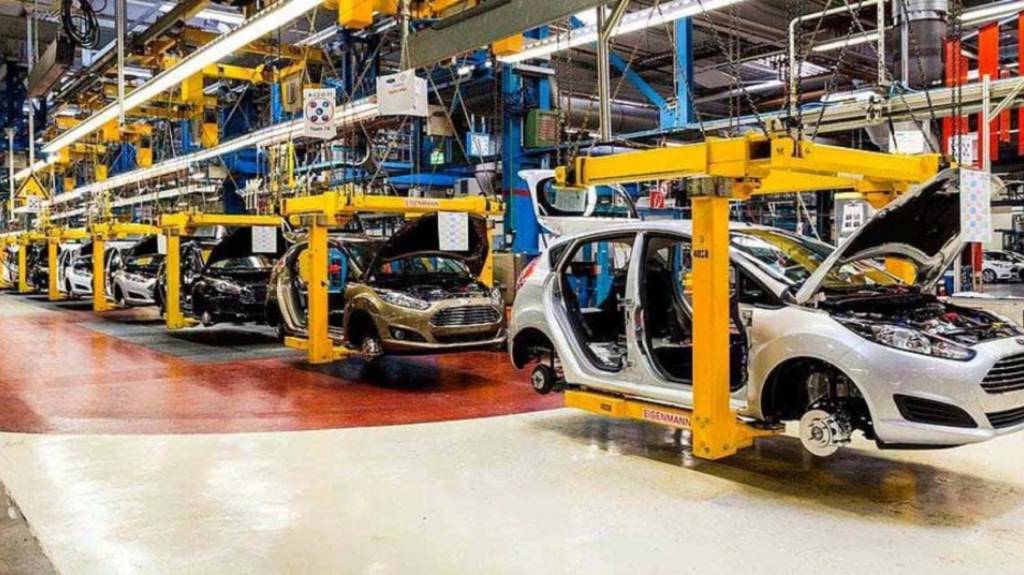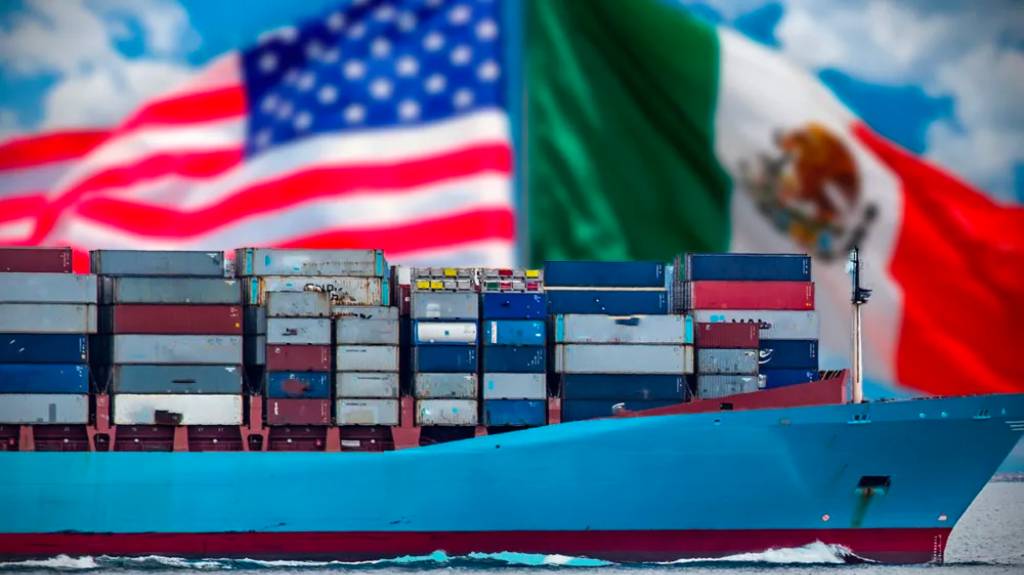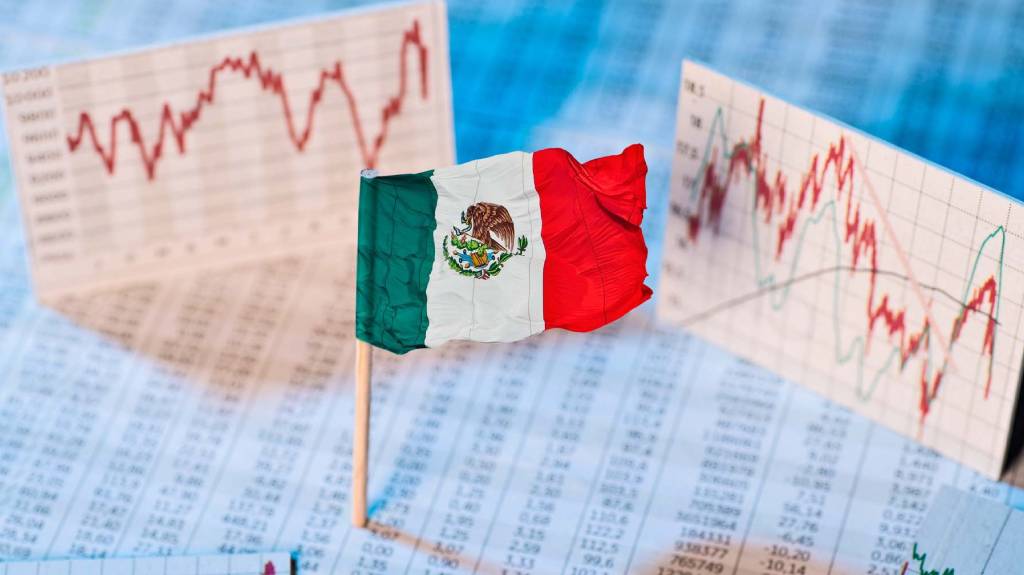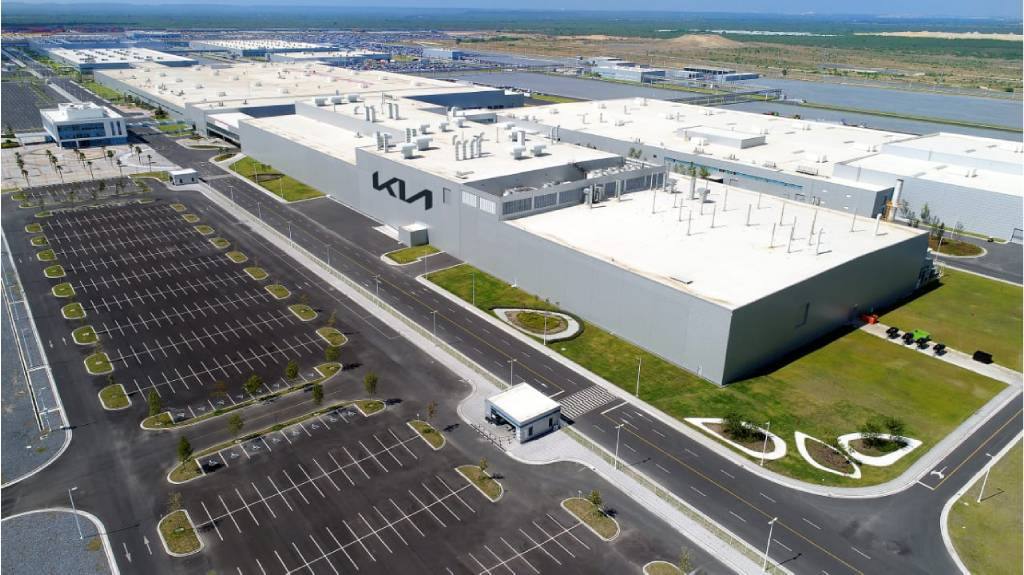For years, economists like Alan Beaulieu of the Institute for Trend Research have been telling manufacturing audiences (like the NFPA) that Mexico represents one of the biggest opportunities over the next 15-20 years. The country is ripe for growth and is located in a stable part of the world. There are key manufacturing clusters there already, such as in the automotive industry. And wages look to be steadier that countries like China, which economists worry will continue to fluctuate.
Mexico’s coming out party may likely happen this April, as the nation becomes the first-ever Spanish speaking country to be honored as official Partner Country of the Hannover Messe, the world’s largest industrial trade show.
At last week’s Hannover press preview, S. E. Rogelio Granguillhome, Ambassador of the United Mexican States, Berlin, spoke to the assembled journalists in English, and explained that his country now has a $1.3 trillion GDP, ranking as the 2nd largest economy in Latin America.
“In 2017, our economic growth was 2.2% and the prognosis for 2018 is 2.4%,” he said. “These numbers are considerably higher than Latin America’s growth average. Last year, inflation showed a moderate rate of 6.4% and unemployment was below 4%.”
During the current administration of President Peña Nieto, the country has received $163 billion in investment, generating more than 3 million jobs in different economic sectors. Granguillhome said that this is the result of a successful transition of Mexico into an economy with a global network.
I was surprised to learn the volume of Mexico’s trade with Germany: $22 billion in 2017. That’s more than its combined trade with the U.K., France and Italy, the EU’s second, third and fourth largest economies.
Mexico has also been investing in reforming everything from energy to education.
“Thanks to the energy reform in Mexico, $80 billion in investment is being committed by private investors, both foreign and domestic,” said Granguillhome. “The financial reform has allowed that credit to the private sector has increased from 27% to 35% of GDP between 2012 and July 2017. Likewise, our education reform has set a new education model focused on the student.”
The days of us thinking of Mexico as a low-cost manufacturing market are over, and the sooner that our leaders realize that our southern neighbor is a competitive industrial hub starting to blossom, the better.
Source: Paul Heney







